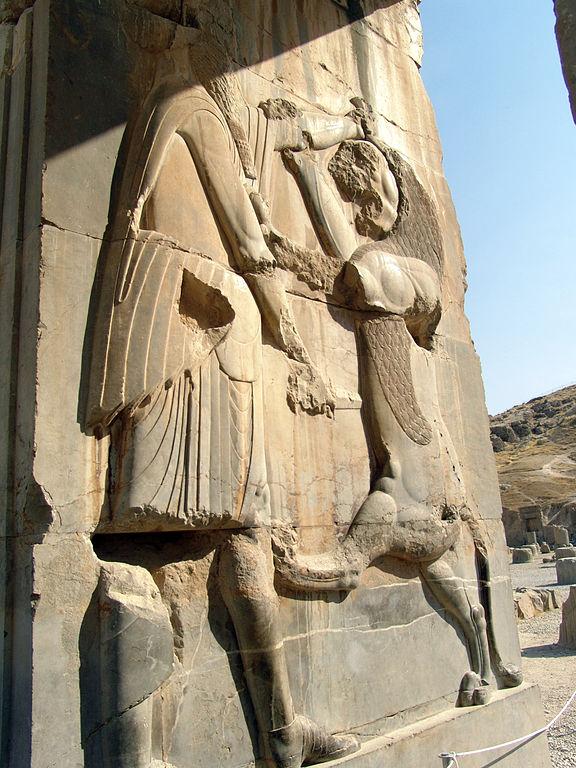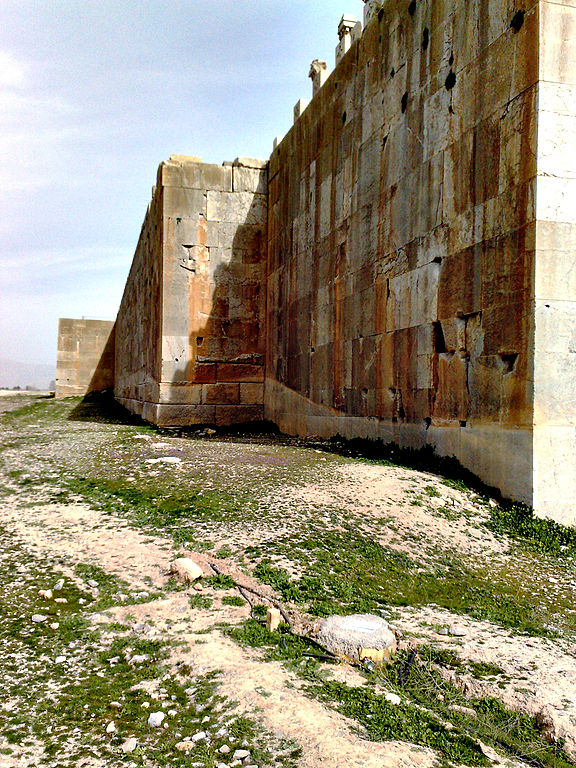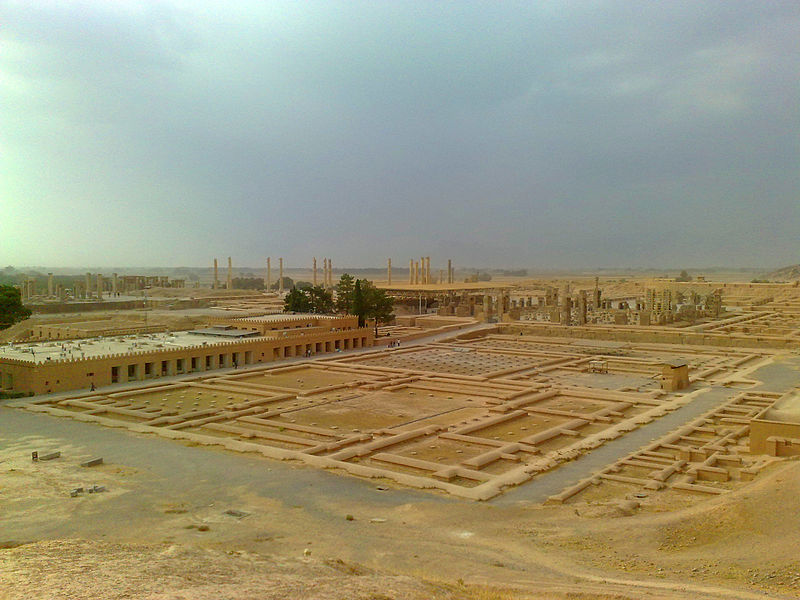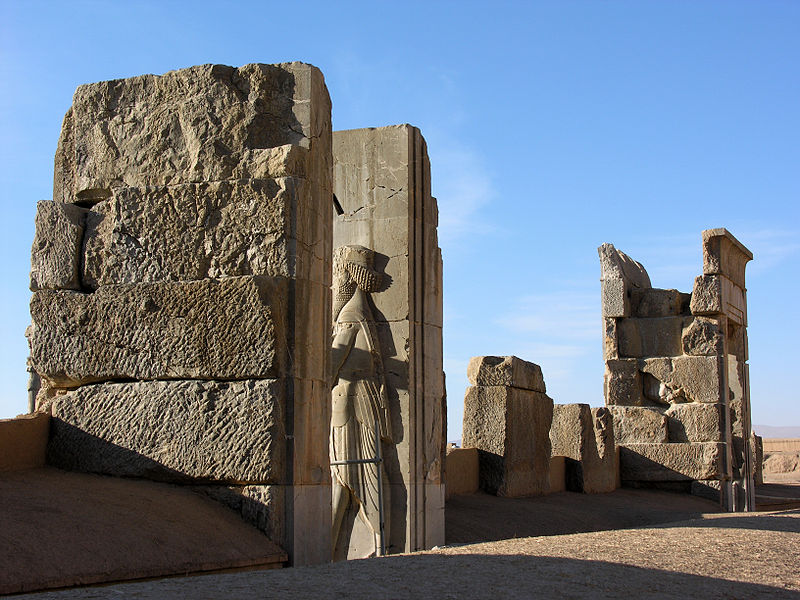Persepolis
Persepolis is the oldest city in Iran, located 80 km from Pasargadae. This landmark is presented to tourists in the form of ruins, but its archaeological value is very significant. Persepolis is the most popular among travelers in the entire Eastern region. This ancient city is protected by UNESCO.

Persepolis, which is located above the Merv-Desht valley, was once protected by a special triple fortification, which included powerful walls with towers running along the mountain line. The most important buildings of the city were erected by Darius the Great, as well as his successors, around 520-515 BC. They had the shape of a rectangle and were located on a platform specially erected by the ruler.
On one side of the platform there was a staircase that served as a passage to the plain. The Gate of Xerxes was built above it, near which two large stone bulls stood as guards. Such sculptures in the form of a bull were an integral part of a large number of palaces of that time throughout Assyria.

Here you can also observe the ruins of the main hall, which is known as the apadan. It was begun by Darius I, and completed by Xerxes. The Apadan towered on a platform where special ladders led from different parts of the world. They were lavishly decorated with various reliefs, which were preserved on the east side of one of the stairs.
Apadan is represented in the form of a huge state hall, which was surrounded by lobbies. Its roof was most likely covered with wood and was secured from different sides with sturdy stone columns, of which there were about 72. Of the total number of columns, only 13 have survived to our time.
Nearby Apadan there was a palace called Takhara, which was decorated with various relief images. An inscription has been preserved on the palace itself, which confirms that this building was erected by Tsar Darius.
Somewhere in the middle of the terrace was the so-called Tripylon, which was the main hall in the whole of Persepolis. It is also decorated with various reliefs, among which you can see the king himself on the throne.
The next hall, which also attracts considerable attention, is "one hundred columned", which in fact consisted of one hundred columns, on which the entire structure was based. Sculptures of stone bulls were placed at its entrance. The gate, which was located at the northern portico, contained entire scenes from royal life.
Among all the palaces and other structures, tombs cut out of the rocks, which were intended for all Persian kings, also attract attention. Tourists are especially interested in the tomb of one of the last kings of Persia, who tried to escape from the battlefield, but was shot by his own subject. His tomb was never finished, and the ruler's body was buried in a completely different place.
Many tourists who care about the Iranian city's past rush to see Persepolis. You can get here by taking a tour bus or on your own from the nearest city of Shiraz, which is located 60 km from this landmark.





